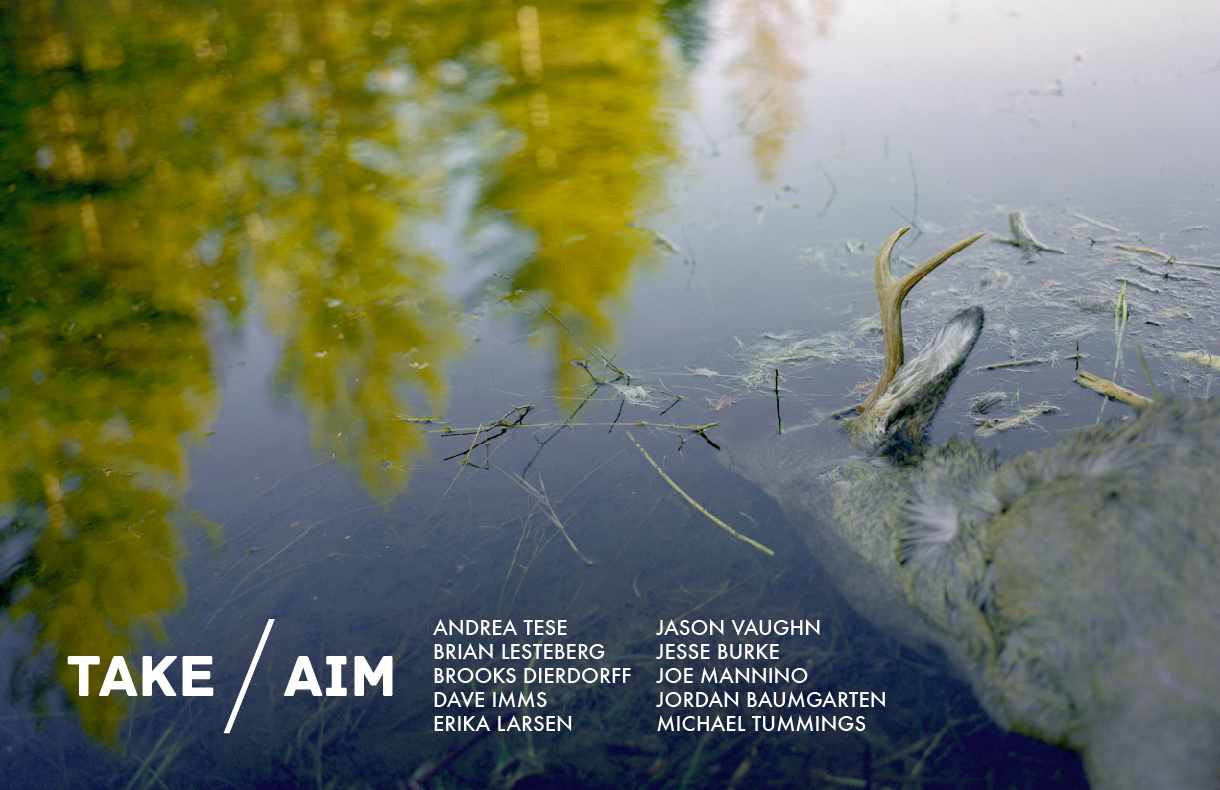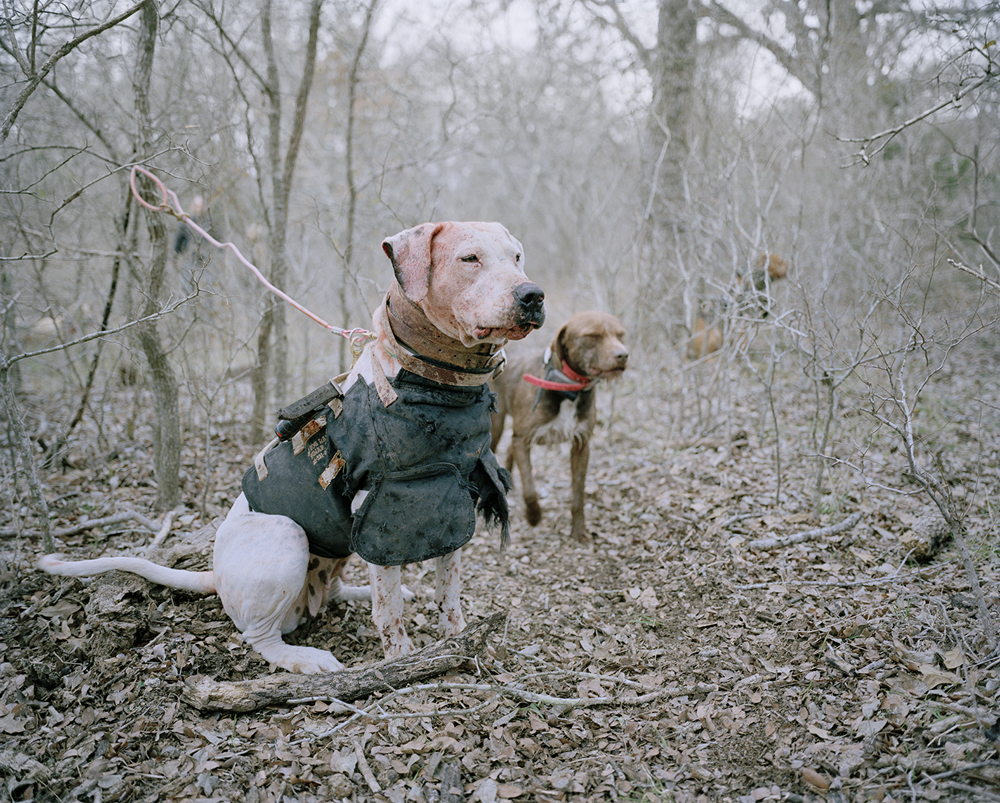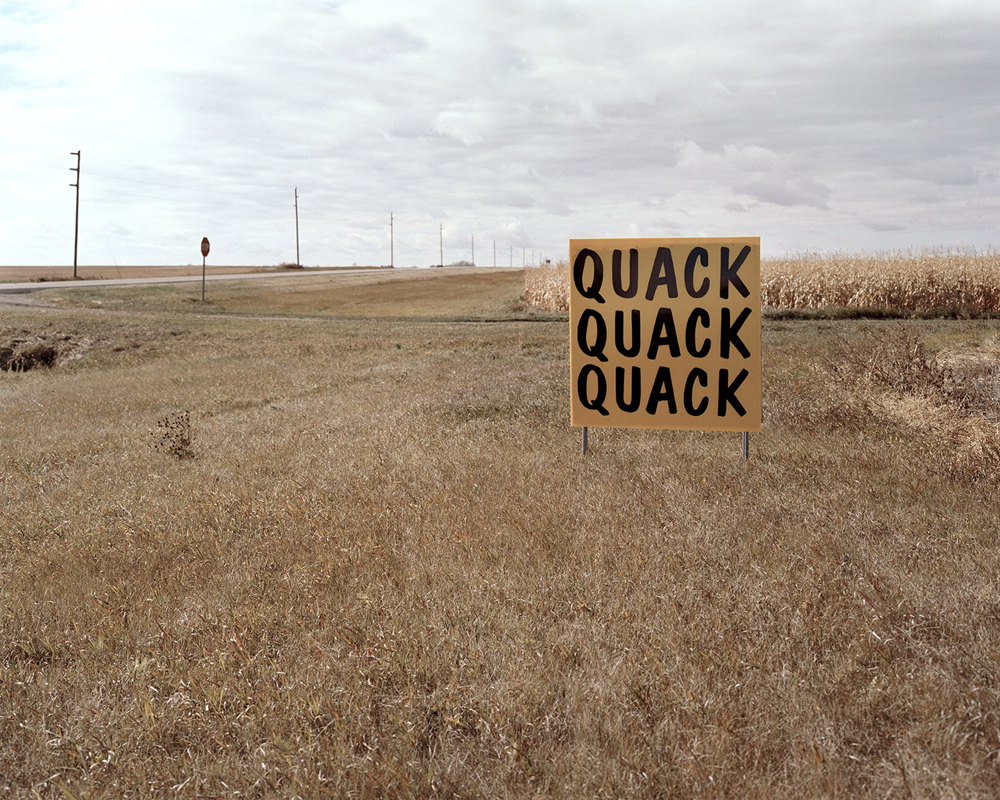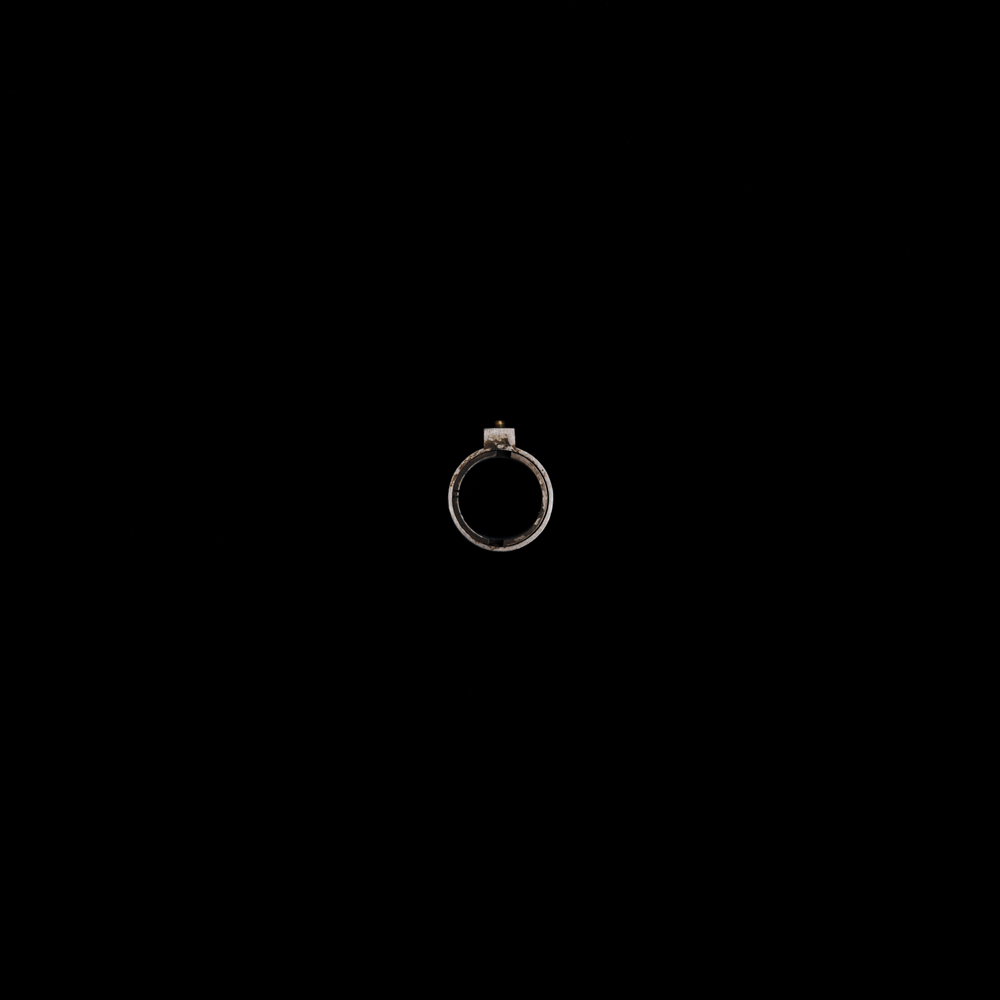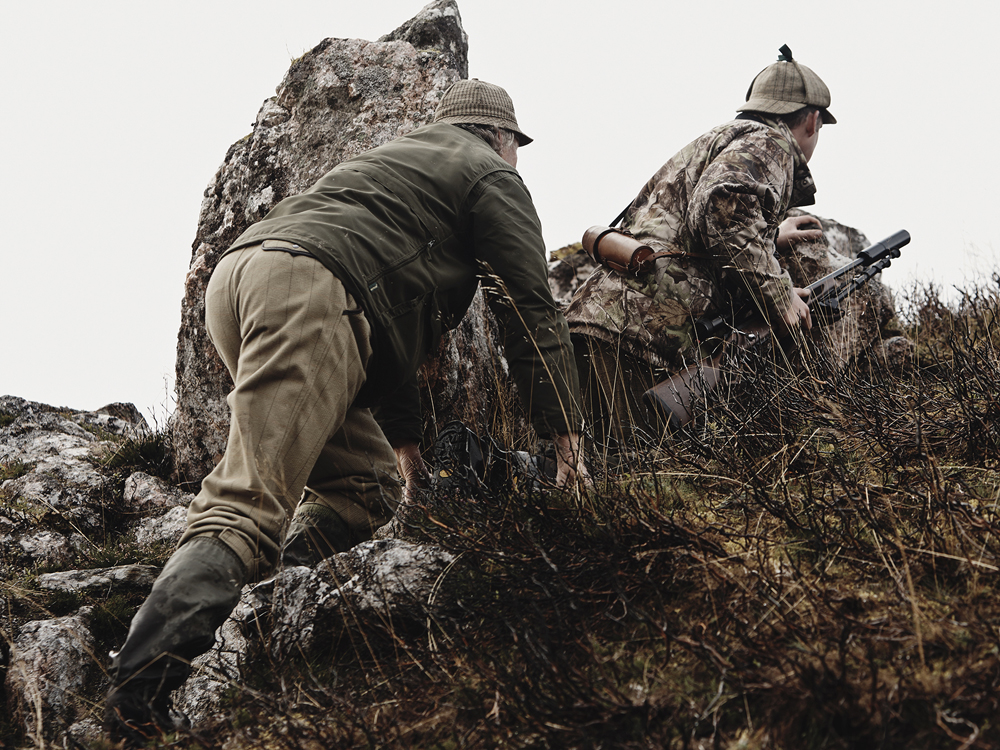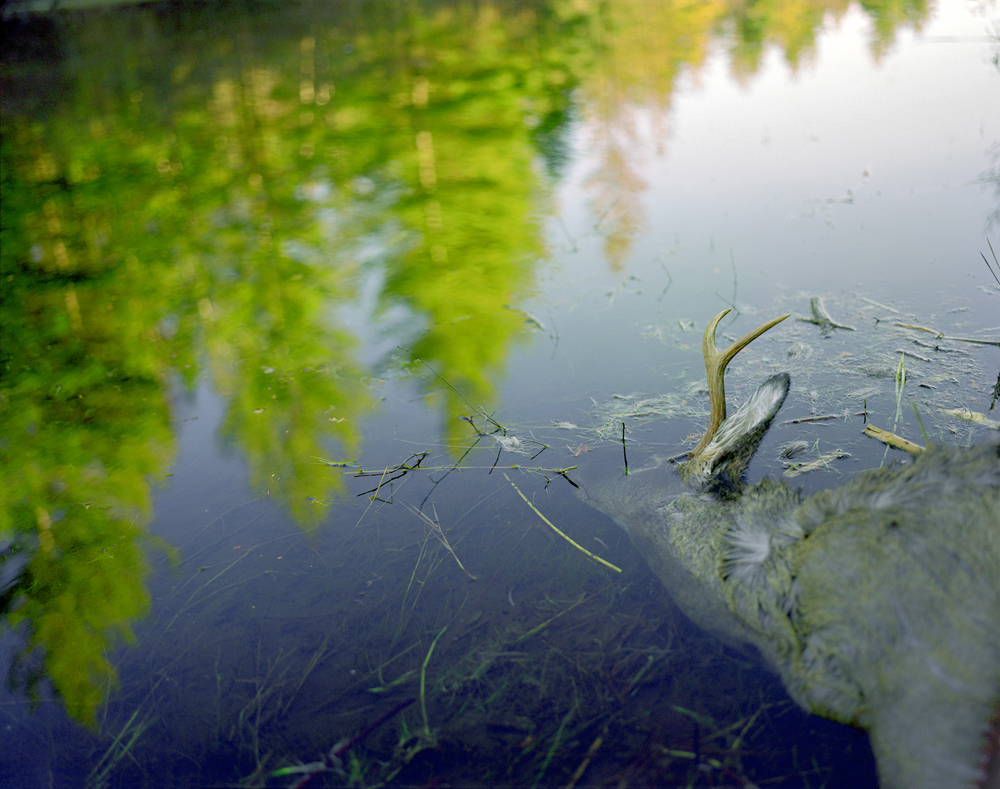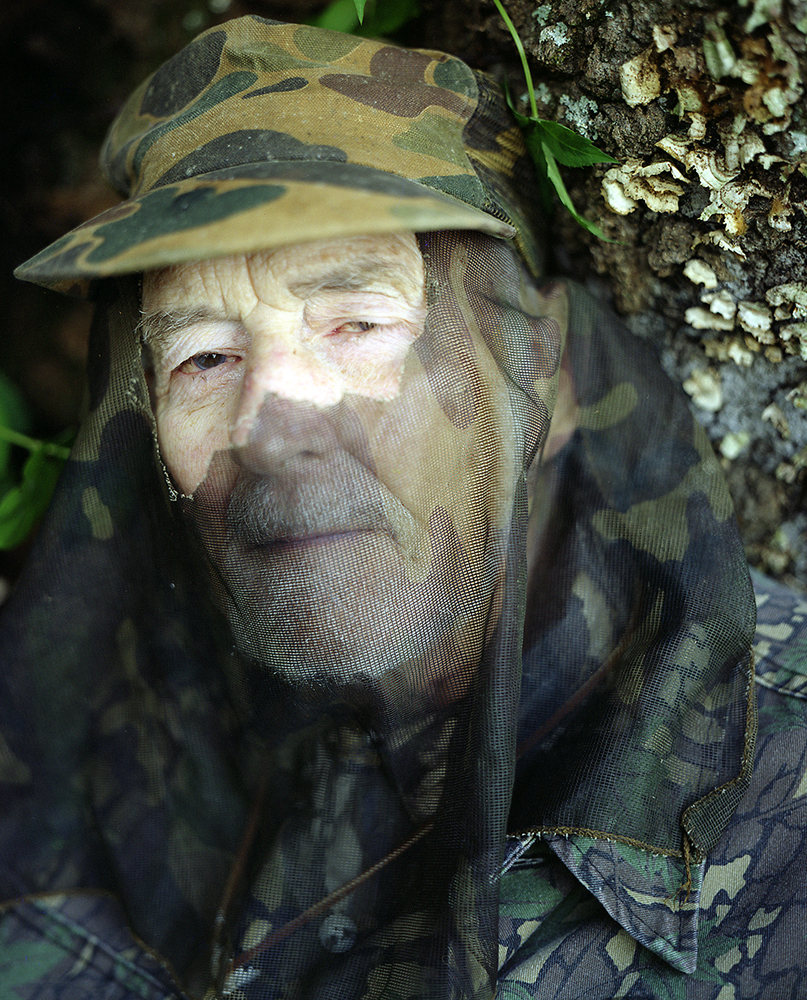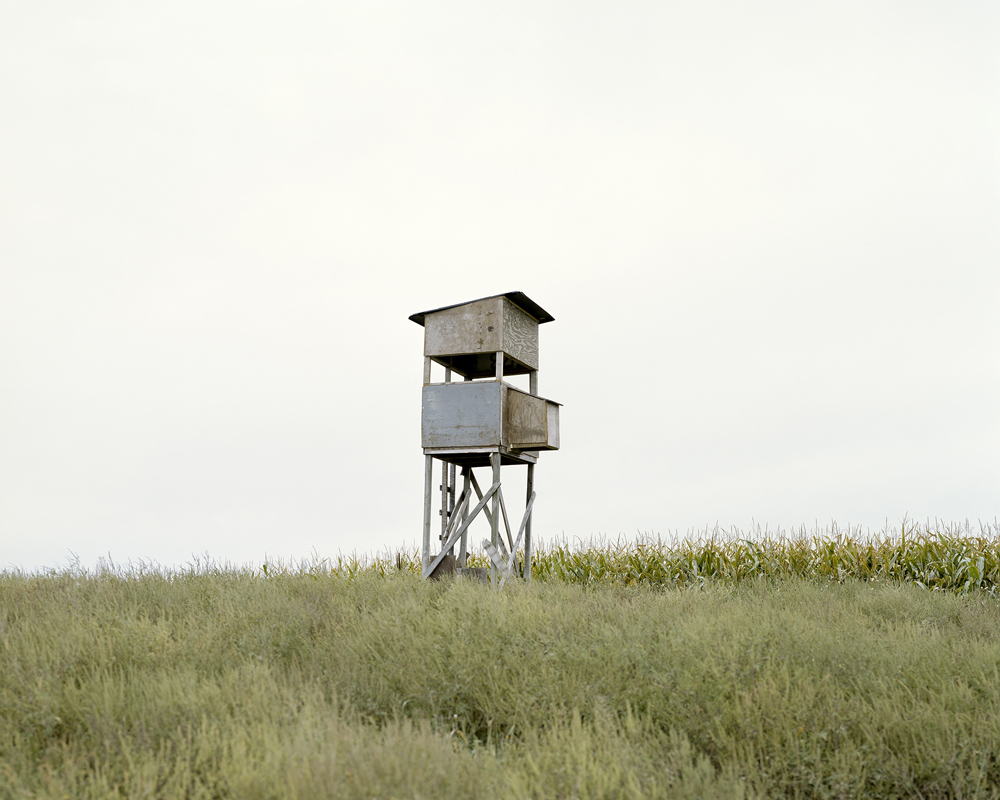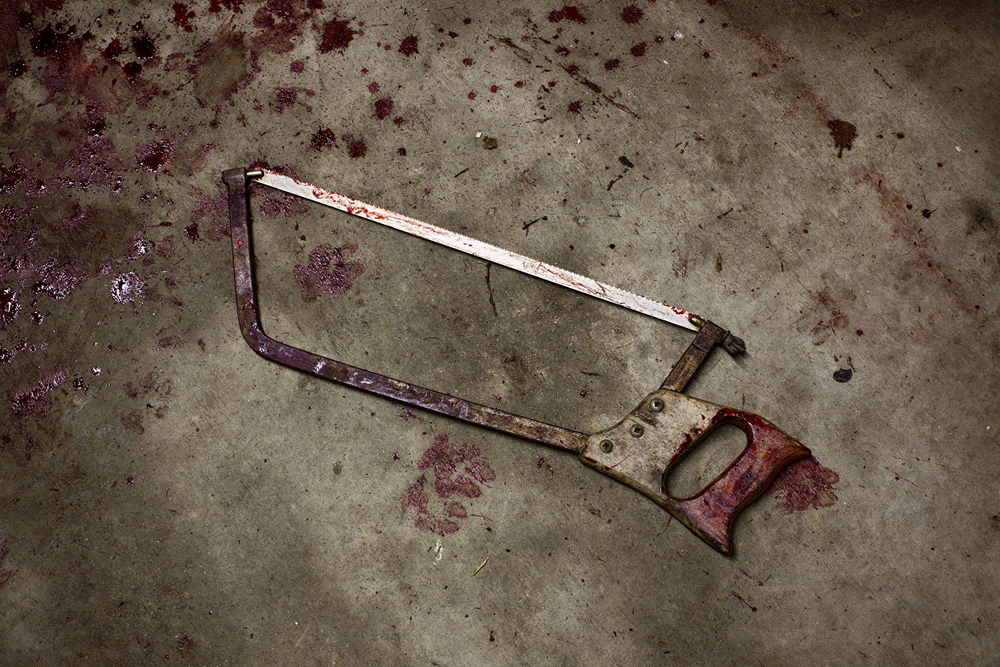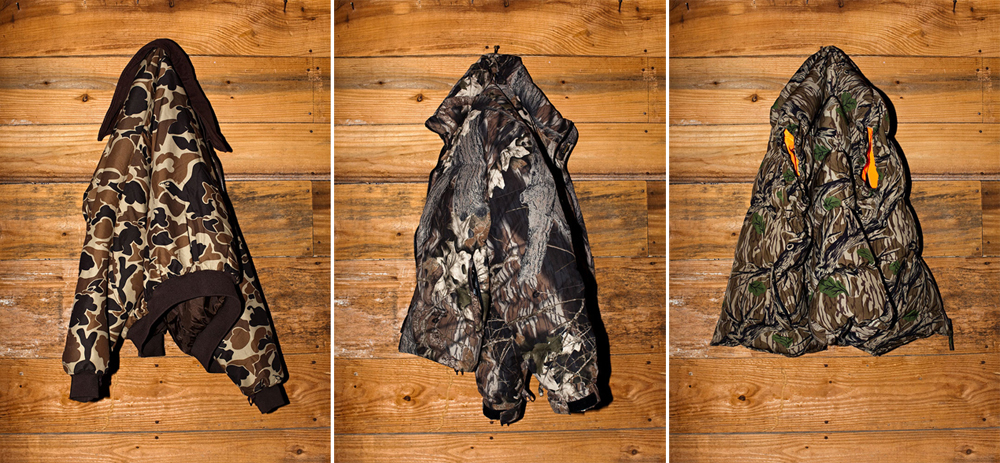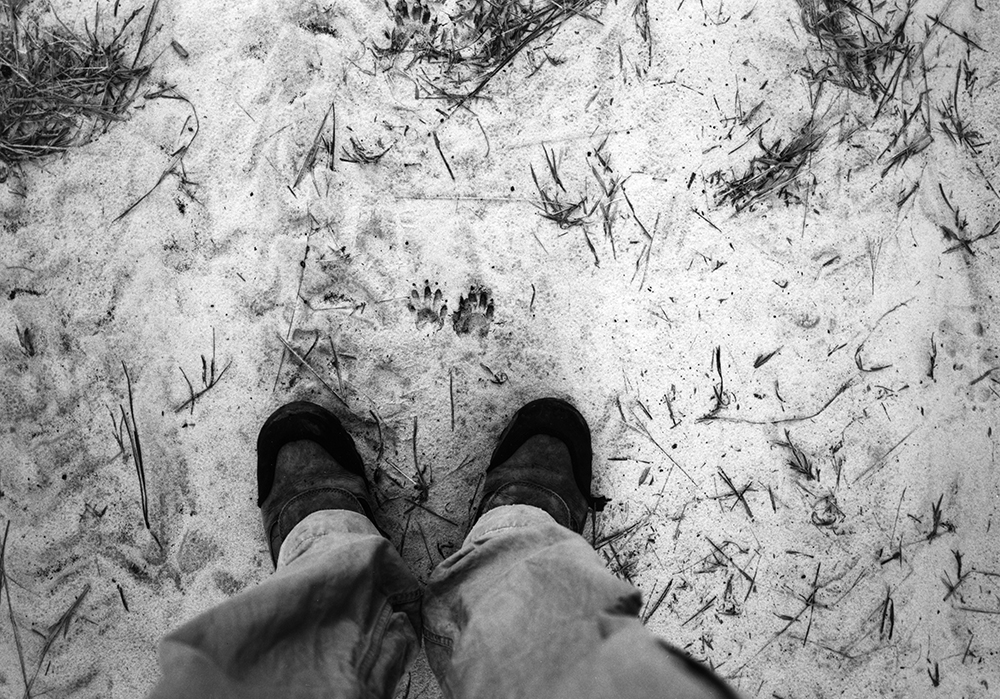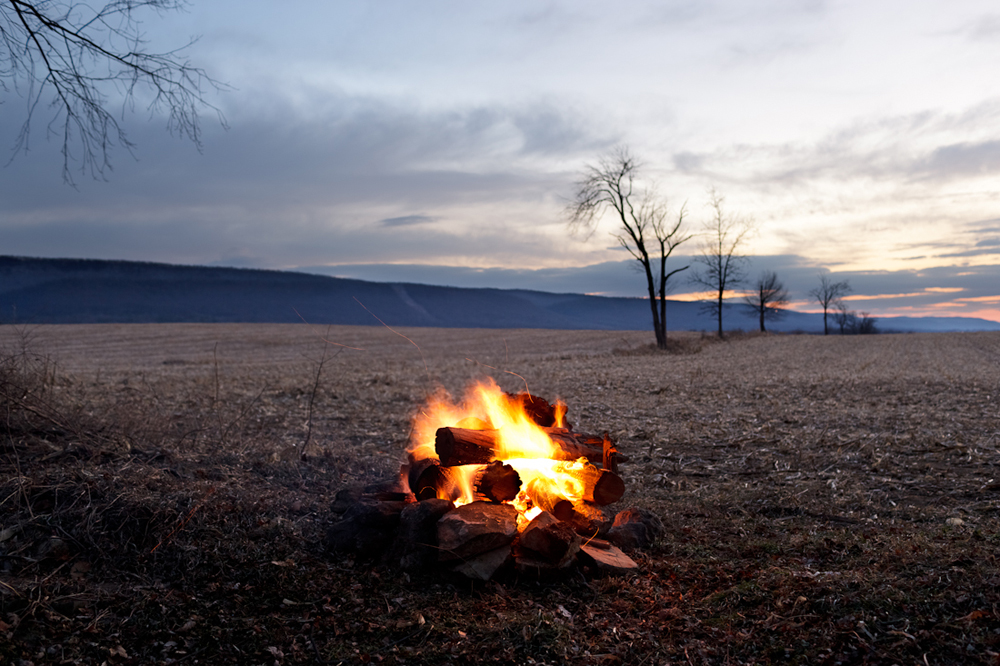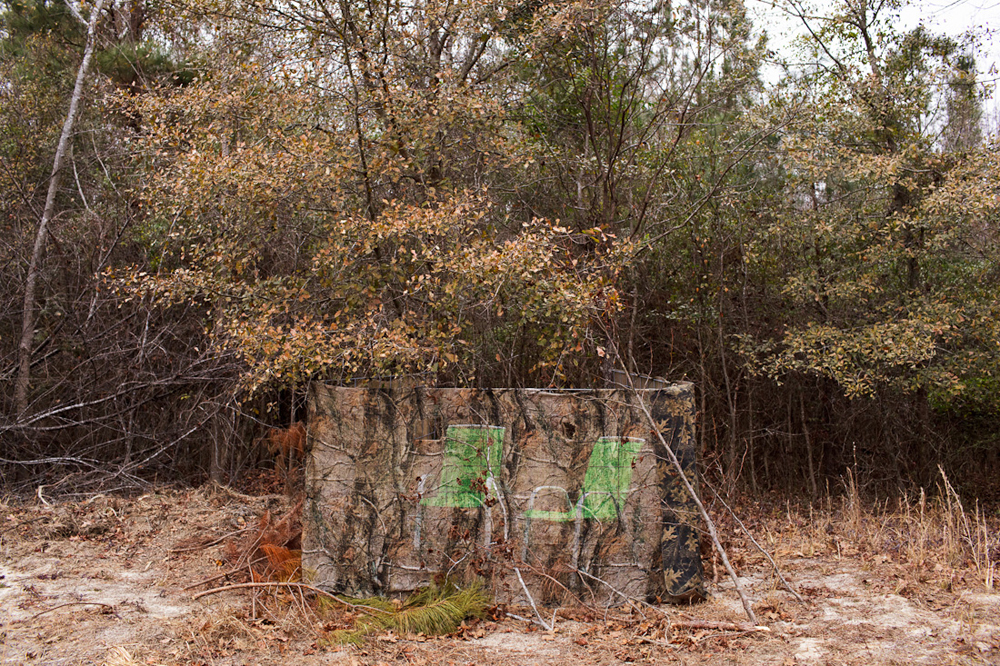Take/Aim
Americans love their guns, but gun ownership comes with charged political and emotional baggage, especially in a time when so much gun violence is brought into our living rooms each night. As guns hold their own controversies, the culture of hunting is fraught with judgment and misunderstandings. Photographer and Curator William LeGoullon examines the diverse aspects of hunting with the exhibition, Take/Aim, featuring the work of Andrea Tese, Brian Lesterberg, Brooks Dierdorff, Dave Imms, Erika Larsen, Jason Vaughn, Jesse Burke, Joe Mannino, Jordan Baumgarten and Michael Tummings. Take/Aim is curated by ASU alum William LeGoullon in community collaboration between Phoenix Institute of Contemporary Art (phICA) and the Northlight Gallery at Arizona State University.
During the closing reception on December 2nd at 6:30 pm, Take/Aim will be hosting their second artist lecture featuring Brooks Dierdorff, a photographic artist whose work expands beyond the printed image, encapsulating elements of sculpture, video, and performance.
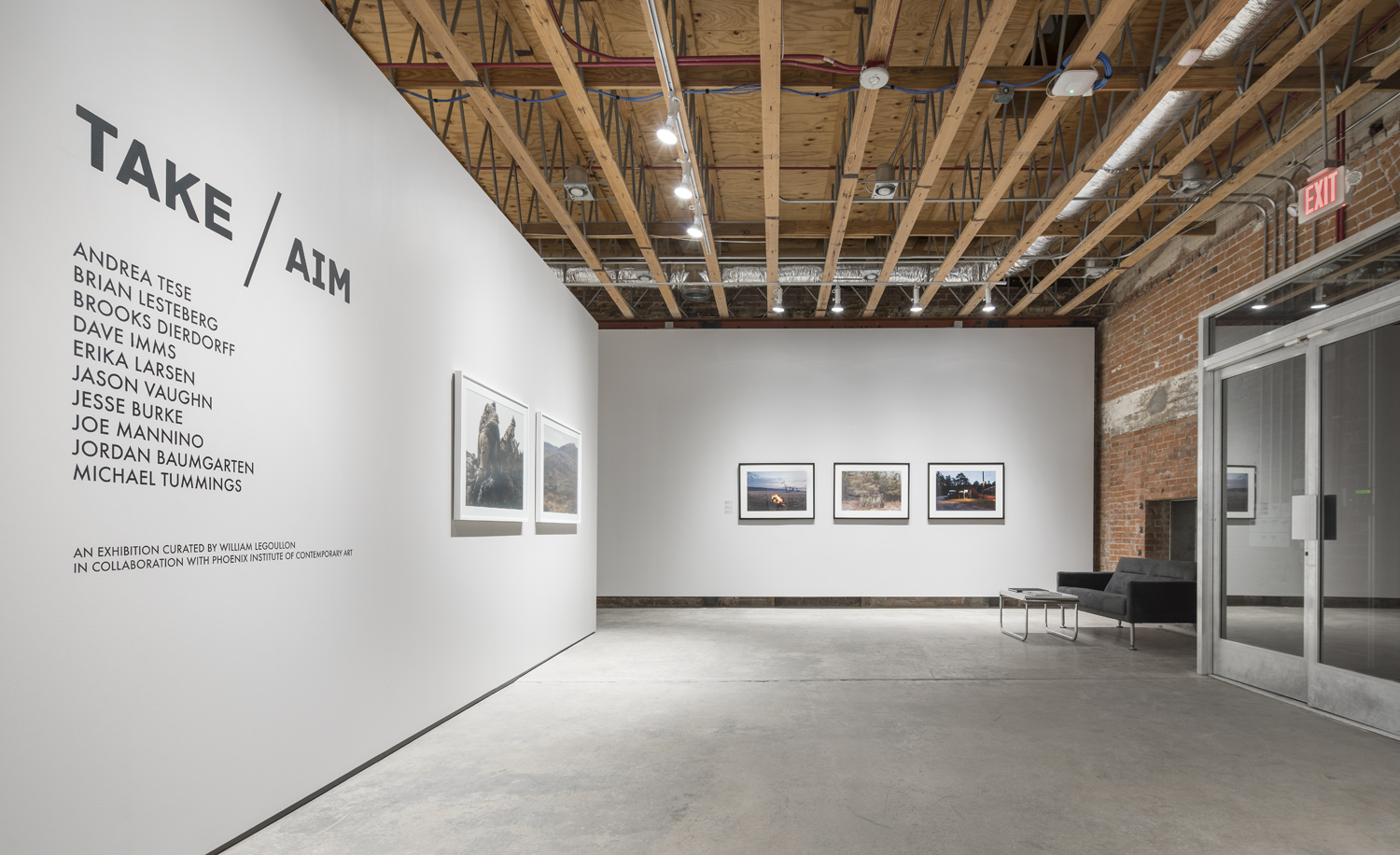 For the first time in human history, more people live in urban environments than rural, yet we continue to insist that we are the guardians and stewards of the land. Contemporary society relies on photography now more than ever to experience the wild and the natural. A confrontational topic, such as hunting, immediately becomes approachable and obtainable. This exhibition focuses on the complex and bizarre narratives encompassed within hunting culture. The opposition and objectification of nature simultaneously mirrors our fragile and romantic communion with environments and the various species of animals they contain. The photographers selected for this exhibition, illustrate raw opinions as diverse in range as the attitudes and beliefs shared between hunters. Whether the artists themselves are active participants or captivated observers, their images depict a correlation between destruction, survival, tradition, and sport.
For the first time in human history, more people live in urban environments than rural, yet we continue to insist that we are the guardians and stewards of the land. Contemporary society relies on photography now more than ever to experience the wild and the natural. A confrontational topic, such as hunting, immediately becomes approachable and obtainable. This exhibition focuses on the complex and bizarre narratives encompassed within hunting culture. The opposition and objectification of nature simultaneously mirrors our fragile and romantic communion with environments and the various species of animals they contain. The photographers selected for this exhibition, illustrate raw opinions as diverse in range as the attitudes and beliefs shared between hunters. Whether the artists themselves are active participants or captivated observers, their images depict a correlation between destruction, survival, tradition, and sport.
Once a common subject within art, hunting has changed over time much like its creative portrayal. Whether it is a prehistoric drawing on cave wall, a 16th or 17th century painting, or a contemporary photograph, the “hunt” has historically embodied the idea of predator versus prey. The continual changes however reference its social interpretation and acceptance. The most basic perception concerns the continuity of life through the generation of food, a traditional view of hunting to survive. Be that as it may, it has at certain points in time, been culturally accepted as a sign of dominance, displaying man’s compulsive desire to control nature. Yet today, though commonly argued, it pertains instead to some people’s sense of identity, family recreation, and a desire for a physical and psychological connection to land. Our assimilation into the intimate and unforgiving wild, allows for a curious and beautiful affiliation, and while our relationship to nature is not always understood, we admire its honesty. It’s delicate and frightening, peaceful yet violent. Hunting expresses both an opposition to and an integration with nature all at the same time. A true line in the sand, where one can stand on either side, but also a line so easily blurred with a swift kick.
Phoenix Institute of Contemporary Art (phICA) is a not-for-profit organization which compliments other regional cultural institutions while differentiating itself through collaboration and community partnerships and by offering innovative portals of entry for enjoying, understanding and interpreting contemporary art. phICA engages diverse audiences with exhibitions, immersive artist residencies, cultural incubation and emerging curator and critical writing initiatives. The collaboration with Northlight Gallery and Arizona State University provides an opportunity to expand phICA’s reach and to link arms in presenting a dynamic and provocative art exhibition through unique curatorial insight focusing on the timely albeit ancient human activity of hunting. phICA received support for the production of this exhibition from the Arizona Commission on the Arts and the National Endowment for the Arts/Art Works.
Posts on Lenscratch may not be reproduced without the permission of the Lenscratch staff and the photographer.
Recommended
-
Paccarik Orue: El MuquiDecember 9th, 2025
-
Lauri Gaffin: Moving Still: A Cinematic Life Frame-by-FrameDecember 4th, 2025
-
Dani Tranchesi: Ordinary MiraclesNovember 30th, 2025
-
Art of Documentary Photography: Elliot RossOctober 30th, 2025
-
The Art of Documentary Photography: Carol GuzyOctober 29th, 2025

